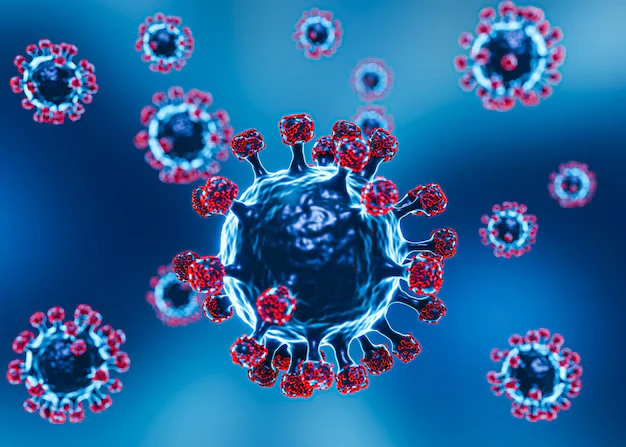
China’s disease control authority has introduced a pilot monitoring system to track pneumonia of unknown origin amidst an expected rise in respiratory infections during winter. A surge in infections, particularly in northern provinces, has highlighted human metapneumovirus (HMPV) as a significant pathogen, especially among younger populations. Despite viral claims on social media, no health emergency has been officially declared.
About Human Metapneumovirus (HMPV)
Human metapneumovirus is a respiratory virus identified in 2001. It belongs to the Pneumoviridae family, which also includes respiratory syncytial virus (RSV). HMPV primarily causes infections similar to the common cold, affecting the upper and lower respiratory tracts. The virus is most prevalent during winter and early spring, with children, the elderly, and immunocompromised individuals being more susceptible to complications.
Symptoms of HMPV Infection
HMPV infection symptoms are often mild and include:
- Cough
- Runny or blocked nose
- Sore throat
- Fever
- Wheezing
The incubation period ranges from 3 to 6 days, and most individuals recover without medical intervention. However, complications like bronchitis or pneumonia may arise, requiring medical attention.
Transmission of HMPV
HMPV spreads through:
- Direct contact with infected individuals.
- Respiratory secretions from coughs or sneezes.
- Touching contaminated surfaces, such as doorknobs or phones, and then touching the face.
- Close personal contact, like hugging or shaking hands.
Treatment Options for HMPV
Currently, there is no vaccine or specific antiviral treatment for HMPV. Management primarily focuses on symptom relief:
- Over-the-counter medications for fever and pain.
- Decongestants to relieve nasal blockage.
Antibiotics are ineffective as HMPV is a viral infection.
Preventing HMPV Infection
Preventative measures are essential to reduce the risk of HMPV transmission:
- Frequent handwashing with soap and water.
- Avoiding close contact with infected individuals.
- Refraining from touching the face, nose, or eyes.
- Wearing a mask in high-risk situations.
- People with pre-existing lung conditions should exercise additional caution.
Health Ministry’s Response to Rising Cases
India’s National Centre for Disease Control (NCDC) is closely monitoring respiratory infections, including HMPV. Collaborations with international health agencies are underway to assess global and local trends. Although China has observed an increase in respiratory pathogens this winter, the intensity of respiratory diseases remains lower than the previous year. A seasonal rise in respiratory infections is expected across the northern hemisphere during winter.
Key Facts about HMPV
- Discovered: 2001
- Family: Pneumoviridae
- Symptoms: Mimic the common cold.
- Seasonality: More prevalent in winter and early spring.
- Treatment: No vaccine; symptom management only.
Also Read: What is Holiday Brain Fog?
Disclaimer: The information provided is for educational purposes and general awareness, particularly for UPSC aspirants. For specific medical advice or updates, consult authorized health agencies.
Follow Fusion IAS


